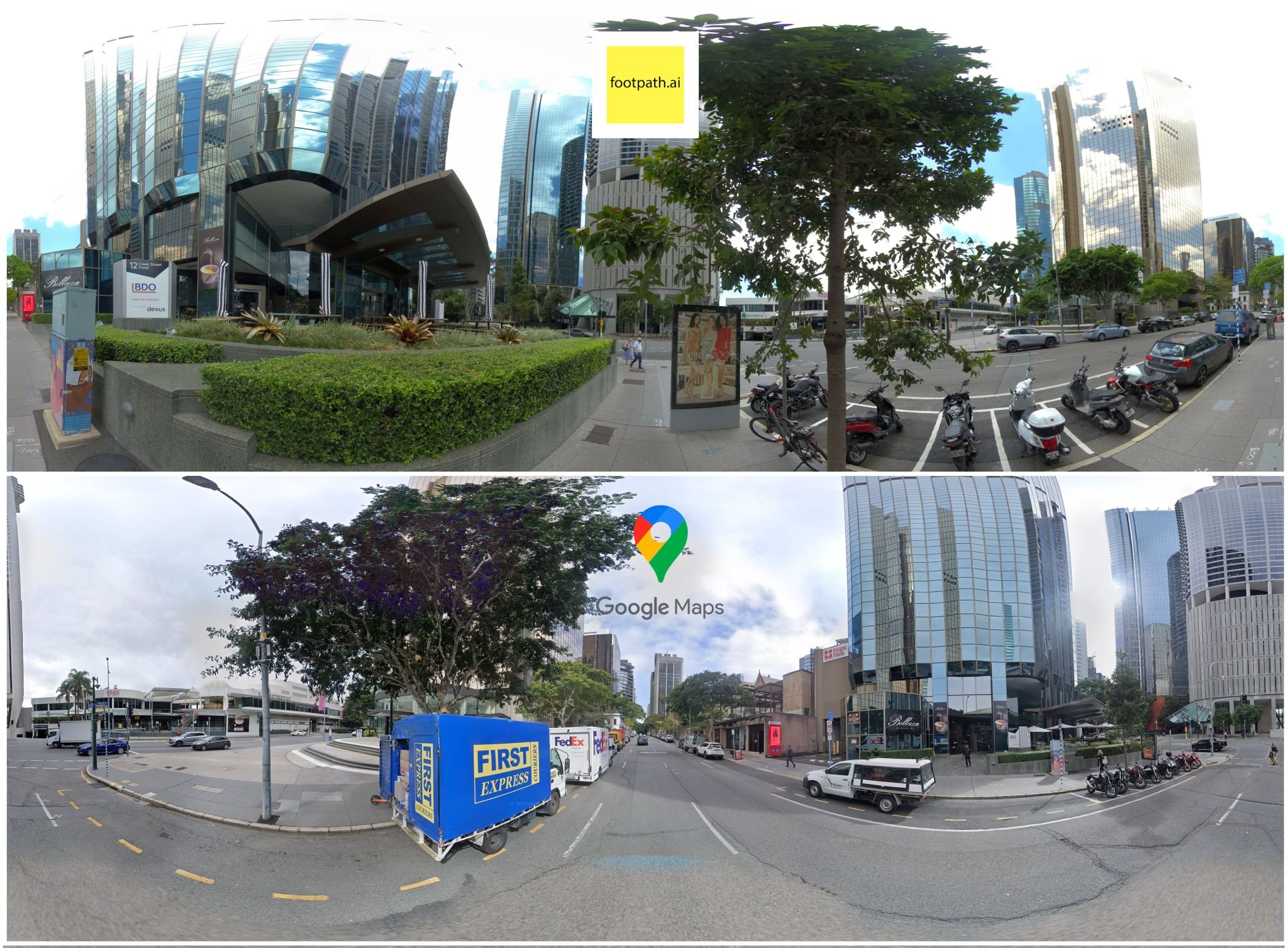Portfolio Spotlight 🔦 Footpath AI
Have you ever followed a maps app on your phone, using walking directions, only to find out that you have to spontaneously go off the path you were expecting? Or that there’s no footpath where you thought there would be?
Dr Meead Saberi and Dr Tanapon Lilasathapornkit founded Footpath AI to solve exactly that problem.
Born from a PhD idea just over two years ago, Dr Saberi and Dr Lilasathanpornkit discovered that footpath mapping was virtually non-existent. All mapping systems are built for roads and vehicles, but what about when we choose to cycle, walk, or move through our cities without a vehicle?
As our cities rapidly grow, and we look for alternative forms of transport and accessibility, a comprehensive way to map footpaths and alternatives routes has become increasingly needed.
Discovering this led to the birth of Footpath AI – a mapping system for footpath networks around the world that increases accessibility and inclusivity for all.
When we sat down with Dr Meead Saberi, he explained to us where this big idea came from, how the AI behind it actually works, and how their journey through our 10x Accelerator Program helped the startup go from strength to strength.
“With our map data, the idea is we take the current maps to a next level. And what we're trying to do is we're trying to build maps that are designed for people,” Dr Saberi explained.
“We came up with this idea of we can actually use a street level imagery similar to Google Street View type imagery and then train some AI models that can automatically detect where footpaths are in these images, so you can give me any image taken on any street and then I run it through our AI models and I can tell you where the footpath is, how wide it is. What do we see on the footpath? Do we see a bench? Do we see a bike rack? Do we see a garbage bin?”
“Then we extract all that information from a single image and then we project it into a map.”
Source: Footpath AI Linkedin, image showing different views of a street in Brisbane, Australia.
Accessibility has always been at the forefront of Footpath AI and their mission, including increasing access for wheelchair users, the ageing population, and even for young kids who are being encouraged to walk to school. In turn, if we all start using our footpaths a little more, we can work toward reducing our carbon footprint. In the eyes of Footpath AI, it’s a win-win all around. Dr Saberi explained to us why this technology is useful for so many people.
"So, if you are walking around and you're desperately looking for a bench, then you have the capability to say, 'Where is the nearest bench,' and be directed to it. That's not something you can do now on your maps. Google Maps and Apple Maps don't tell you where the nearest bench to sit is, or even if you're looking for a bike rack if you're biking around and you're looking for somewhere to lock your bike."
Foothpath AI were a part of the 10x Accelerator Program in 2022 and give credit to the program for the learning leaps that were made in the early days of the business. But most of all, Dr Saberi praised the community that surrounded them.
"Just being part of that community was giving us a lot of confidence in what we're doing, instead of just doing it alone in our silos. We kind of felt part of that community and talking with others, sharing some of the challenges that everybody's going through when you are actually founding the company," Dr. Saberi said.
“I have to be honest; I actually miss it.”
Footpath AI are continuing to build out their maps across cities and towns and will continue to scale until they change the way we walk around our world.
Footpath AI are always looking for volunteers to assist in their map building. To find out more about Footpath AI, visit https://footpath.ai/home
To find out more about how UNSW Founders can support you on your innovation journey, visit unswfounders.com


